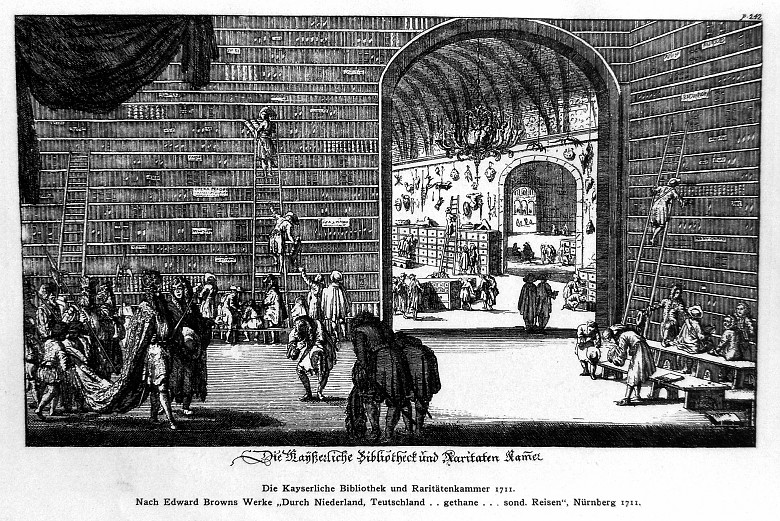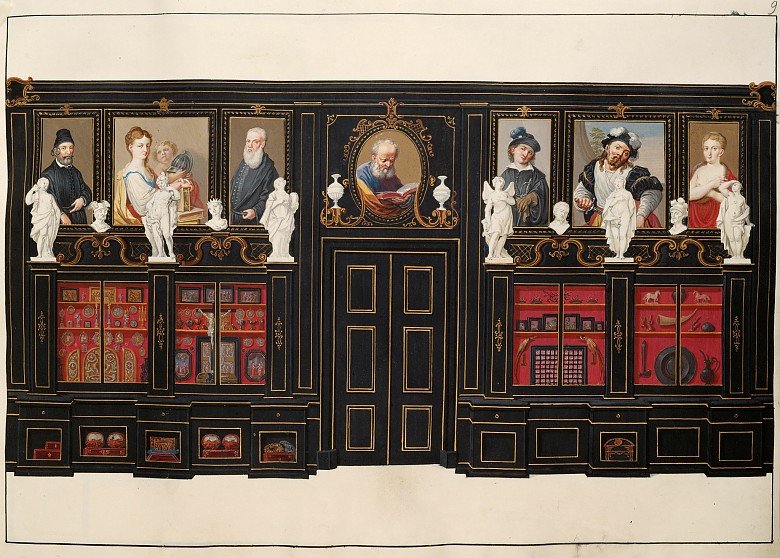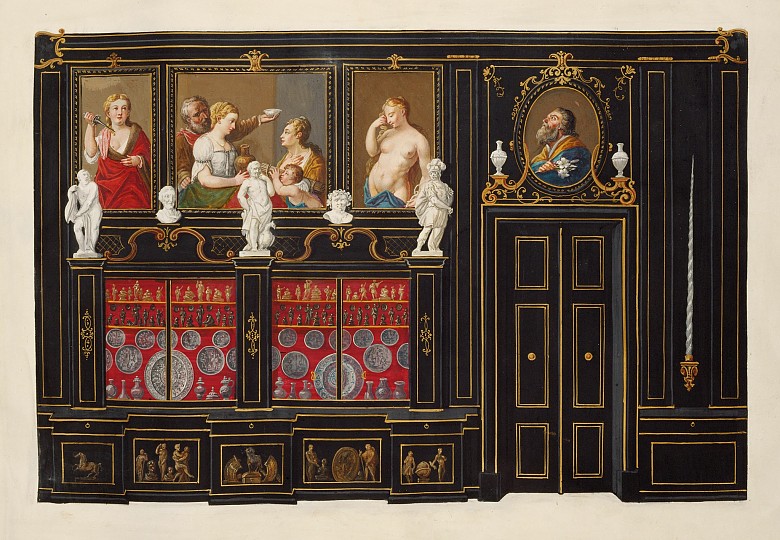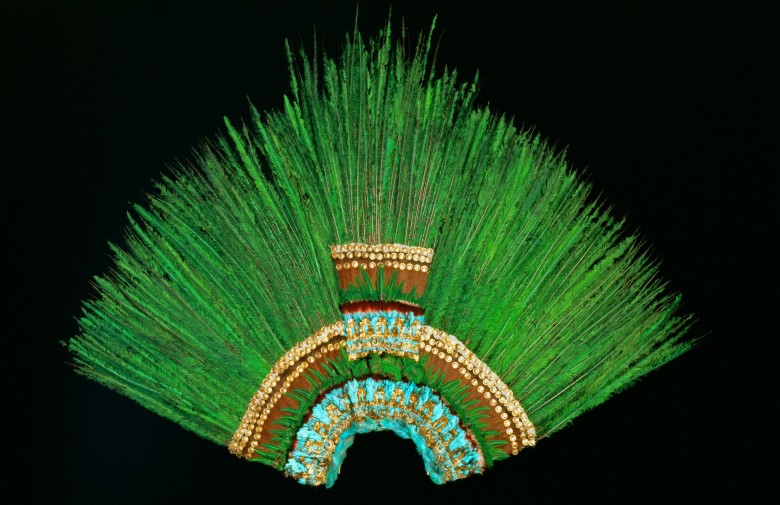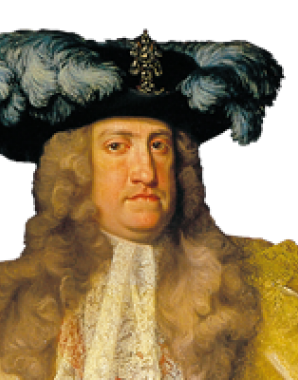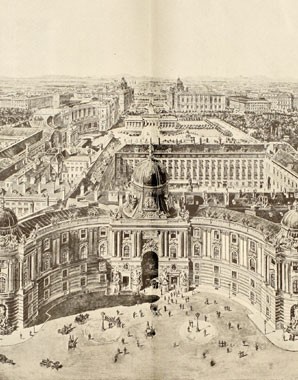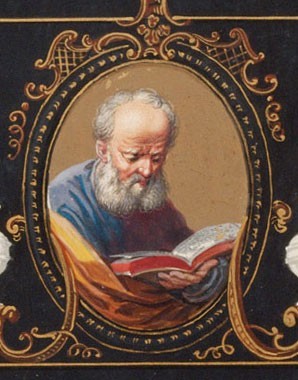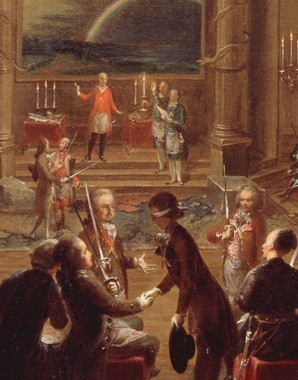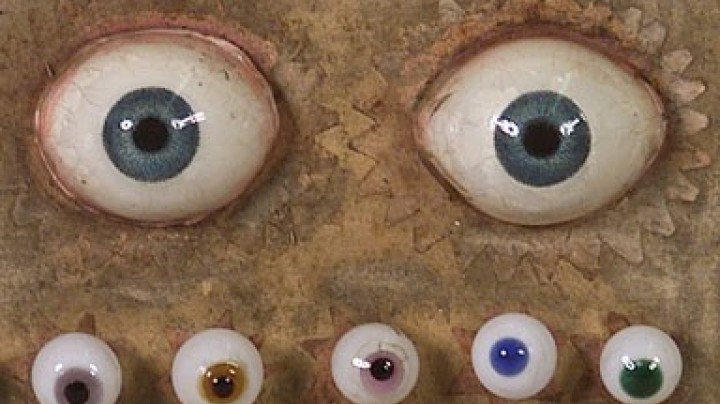Systematization: how the Habsburg art collections came to form the basis of modern museums
In the eighteenth century, in keeping with the ideas of the Enlightenment, the imperial collections were gradually classified and systematized. The Habsburg holdings of art and curiosities were divided up among several different disciplines.
The multifarious holdings of art and curiosities were gradually transformed into a number of different specialized collections. Documents were deposited in archives and books in libraries, while other holdings were divided between collections of natural history and curiosities. The collections of art were subdivided into antiquities, sculpture and decorative art objects, painting, coins and medals as well as prints and drawings.
This was undertaken when the Kunstkammern at the various Habsburg courts were broken up. At first they were centralized in Vienna, with the paintings from Graz and Prague together with parts of the Ambras collection also being removed to the capital. Subsequently they were divided between a natural history cabinet, a ‘physical’ cabinet, a cabinet of coins and antiquities or the paintings gallery, as appropriate. The rest of the holdings made their way into the Treasury, which since that time has had a secular and an ecclesiastical section.
Scholarly systematization and classification was in keeping with the spirit of the Enlightenment. It was in particular objects from the natural sciences that constituted the focus of these endeavours. Collections were now regarded as opportunities to explore and penetrate nature and no longer as accumulations of its ‘miracles’. Interest in the study of nature was one of the characteristics of the intellectual world of the Freemasons. Maria Theresa’s husband Franz Stephan of Lorraine and his daughter Maria Anna were also sympathetic towards such ideas. Franz Stephan concerned himself with the natural science collections, commissioning inventories as a basis for their scientific classification, while Maria Anna established collections of minerals and insects.
Joseph II and Leopold II continued the imperial family’s interest in the natural sciences, acquiring objects, financing expeditions and exchanging exotic plants and animals. In the nineteenth century Franz II (I), who had an especial interest in ethnology, contributed to the collections, purchasing objects and acquiring material from expeditions. Existing holdings were examined and reclassified, one example being the Mexican feather headdress from the collection of Ferdinand of Tyrol, long regarded as ‘Montezuma’s feather crown’ but which is more likely to have been a priest’s headdress.
